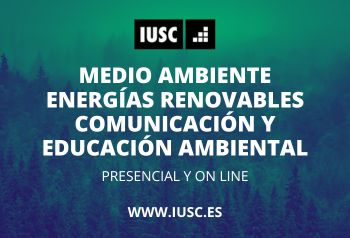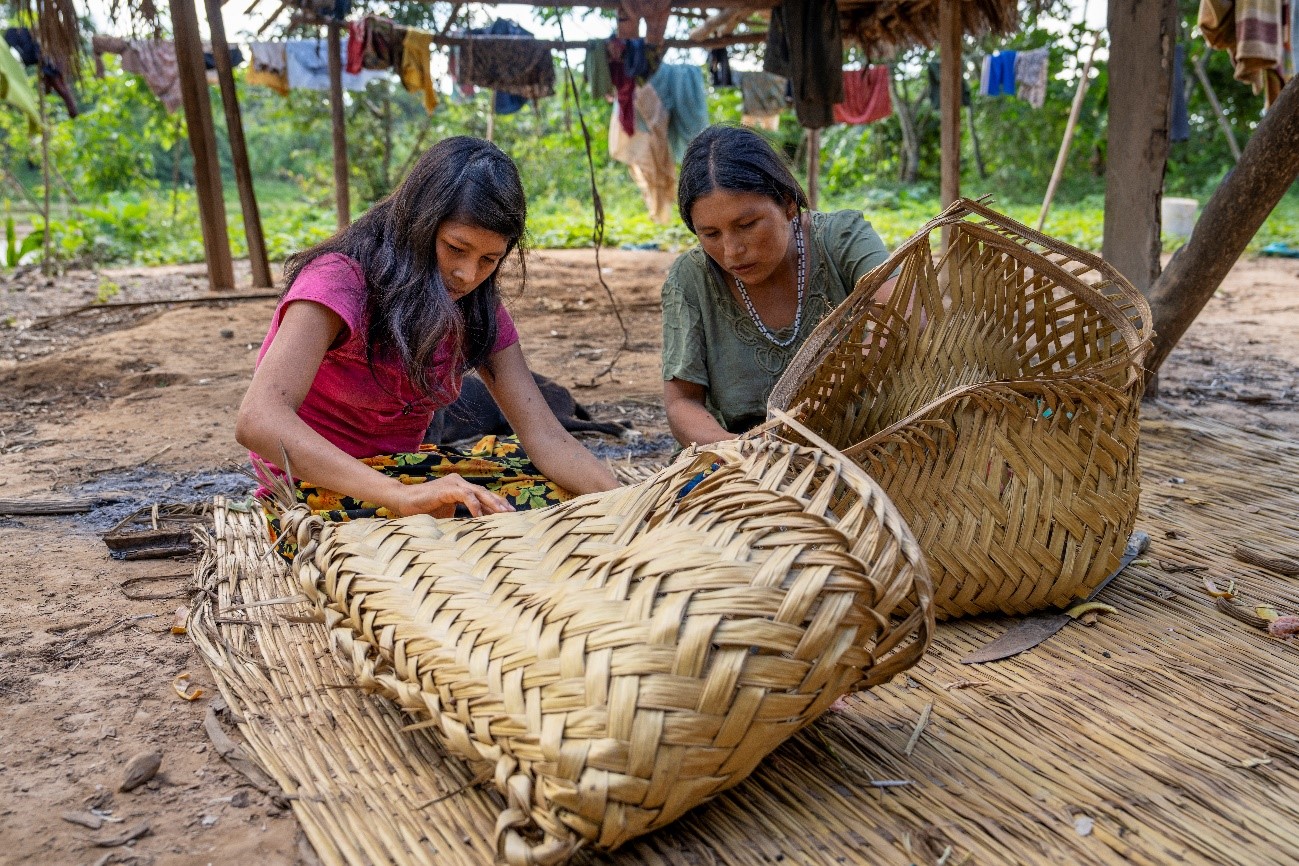It is necessary that science recognizes accurately and adequately the primary and most important role that indigenous peoples play in the conservation of biodiversitybecause its role is crucial and extremely necessary for the survival of thousands of species.
Indigenous peoples play an undeniable and crucial role in preserving the planet’s biodiversity. Their land and livelihoods support their lives in countless ways.. But an ICTA-UAB study published in Nature warns that this vital activity can be distorted and misunderstood.
Indigenous peoples and biodiversity
A recent study questions the scientific validity of the long-repeated claim that ‘80% of the world’s biodiversity is in the territories of indigenous peoples«. The work of researchers from the Institute of Environmental Sciences and Technology of the Autonomous University of Barcelona (ICTA-UAB), in collaboration with a large group of researchers, professionals and representatives of indigenous peoples, questions the sources of this statement. It presents empirical evidence showing that this is not well founded and that the true extent of Indigenous people’s contributions cannot be so easily quantified.

The study, published in the scientific journal Nature, advises against the use of the 80% figure by the scientific community and those who support the rights of indigenous peoples in biodiversity conservation.
The figure oversimplifies the complex relationships between indigenous peoples and biodiversity. The need to correct this incorrect figure arises from concerns about the increasing proliferation of its use in reputable documents by well-meaning individuals who sincerely believe in its validity, despite its vague basis.

The figure is used in forums such as the United Nations or the World Bank and also in prestigious scientific journals.. It has taken root in public debate as an established truth. Some representatives of indigenous peoples use it skeptically, aware of its shortcomings, while others, for fear of undermining defenses, have avoided endorsing it. Detective work by the study authors identified the origins of the claim through misquotes and poorly summarized research.
‘There is countless evidence for that Indigenous peoples and their territories are essential to the world’s biodiversitywhich makes it unnecessary to use a statistic that has no support, such as the ‘80% figure’,” says Álvaro Fernández-Callazares, ICTA-UAB scientist and author of numerous articles on the contributions of indigenous peoples to the preserving the global economy. biodiversity.
«The recognition in political circles that Indigenous peoples play a critical role in supporting the sustainability of the planet “It will be stronger if it is based on solid evidence,” he emphasizes.
One of the problems with the 80% figure is that assumes that biodiversity can be quantified and mapped, which is largely incorrect. The authors claim that the biodiversity It encompasses much more than the number of species and ecosystems, and includes understanding the complex interconnections between humans and non-human nature.
“The biological and cultural diversity in the ancestral lands and waters of indigenous peoples “It has co-evolved over time, supported by the coexistence of reciprocal, kinship and sacred relationships,” says Joji Cariño, senior policy advisor for the Forest Peoples Program.
Point one The final numerical value for biodiversity misrepresents indigenous peoples’ interactions with biodiversity and devalues the much deeper values that indigenous peoples place in their territories. Furthermore, the adoption of this final figure closes the door to future research into the biodiversity.
“Hay important gaps in knowledge in the field of biodiversity because the values, perspectives, and knowledge systems of Indigenous peoples have been largely ignored in conservation science. A truthful, evidence-based collaborative approach between indigenous peoples and conservation scientists is urgently needed,” concludes Pernilla Malmer, senior advisor of the SwedBio program at the Stockholm Resilience Centre. Truly valuing the knowledge and cultural practices of indigenous peoples will lead to: a fairer and more effective approach to conserving the planet’s biodiversity.
What is crystal clear beyond the numbers is that the ancestral customs of the indigenous people in the vast majority of countries in the world have always been the same. linked to the protection and respect for nature. That is the first step that must be taken in preserving nature biodiversity world.

